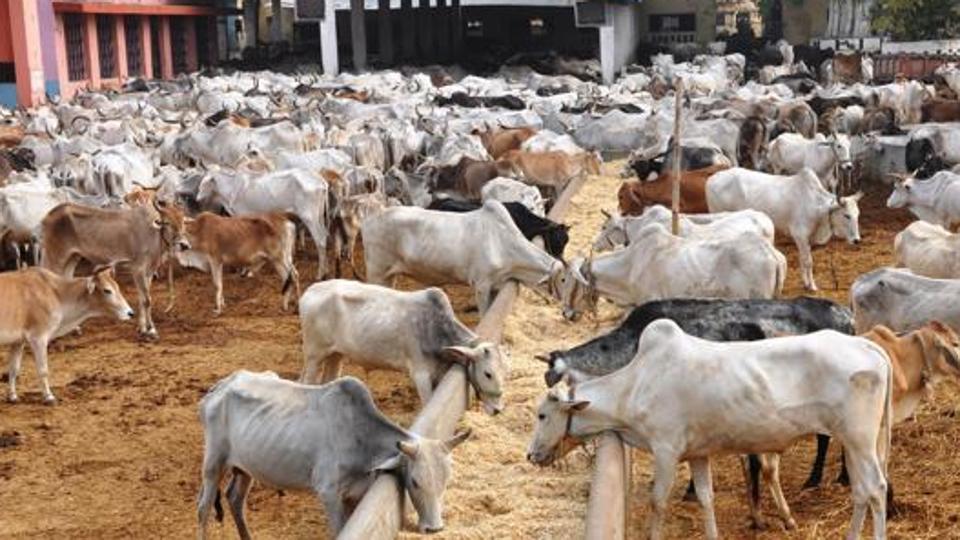About 85 per cent of India’s camel population survives in Rajasthan. The other major states with a sizeable camel population include Gujarat, Haryana and Uttar Pradesh. Given the current scenario, the camel (Camelus dromedaries), the State Animal of Rajasthan, may soon figure in the IUCN Red List as a critically endangered species.
Decline in Camel Population
In the 20th Livestock Census, the camel population in the state has dipped by 71 per cent since the 1990s. The latest census indicates 213,000 camels in Rajasthan, down from 746,000 in 1992. Overall, the camel population in India dipped by almost 37 per cent since 2011 and 75 per cent since 1992.
Reasons for decline of Camel Population:
- Mechanisation:
- The camel was an important draught animal in the state, but slowly, mechanisation overtook it.
- Smuggling:
- Camel trading is common in Bengal, Bihar and UP. Animals taken from Rajasthan are sold in the markets of Itahar, Chanchal, Harishchandrapur, Ratua in West Bengal and some other areas.
- There is a huge demand for camel meat in Bangladesh as well.
- Proliferation of diseases
- The most commonly found disease in camels, trypanosomiasis, which leads to still birth and dystokia.
- Other reasons for the dwindling camel population are rampant morbidity and mortality.
- Distorted male-female ratio of camels.
- Ecosystem disruptions along with climate change – decrease in grazing and pasture land.
- Lack of pastures and grazing land for these animals.
- Policy failure:
- The State enacted the Rajasthan Camel (Prohibition of Slaughter and Regulation of Temporary Migration or Export) Act. This act banned selling or transporting of these camels outside the state. This has left the animal without a market outside the state.

Steps taken by Rajasthan government:
- Declaration of Camel as State animal of Rajasthan.
- The Rajasthan Camel (Prohibition of Slaughter and Regulation of Temporary Migration or Export) Act, 2015 to prevent illegal smuggling & trading of camels. As per the act, illegal transportation of camels, without the permission from a competent authority, is a punishable crime with rigorous imprisonment of between six months and three years and attracts a fine of Rs 5,000 to 25,000.
- A dedicated National Research Centre on Camel (NRCC), has been started in Jorbeer, Bikaner.
- On 2 October 2016, the Rajasthan state government announced Ushtra Vikas Yojana, an innovative new Camel Development Scheme. Government of Rajasthan will support camel breeders with a subsidy of INR 10,000 (payable over a period of eighteen months) for each camel calf born, along with other measures which include training centres, improved access to veterinary treatment and research on camel products.
- On 2 December 2016, the Indian government made the long-awaited announcement of FSSAI standards for camel milk, resolving an issue which has held back camel dairy development in India for years.




